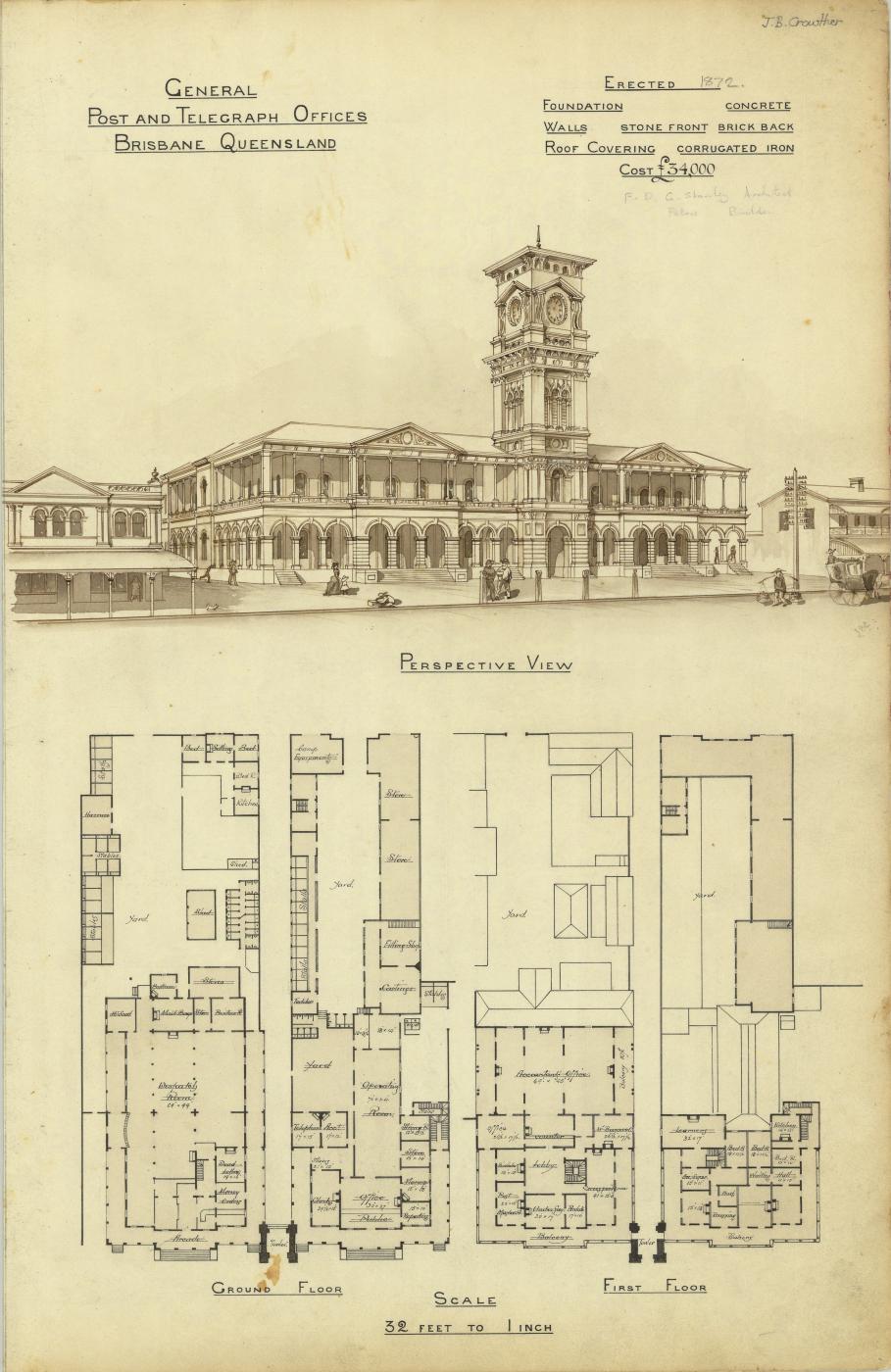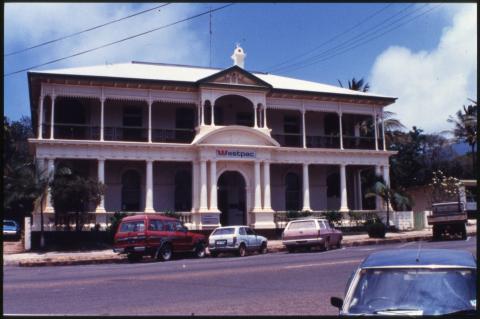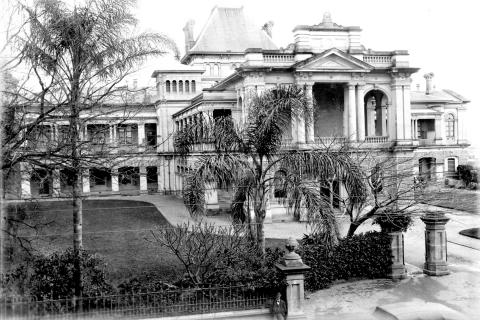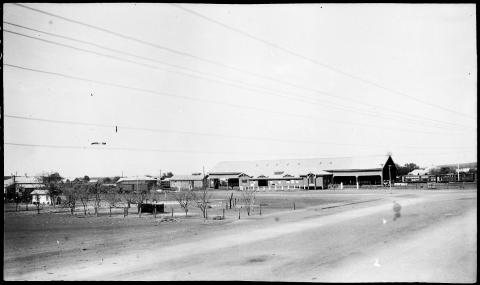
- News of the day
-
The Brisbane Courier
Thursday 5 April 1888Proposed New General Post Office
The head office is found to be most unsuitable in its internal arrangements, more particularly for the work of its executive branches, for many reasons, of which the following are prominent :-
(1) Want of proper light, having buildings on each side, so that on cloudy days gas has to be used.
(2) Want of proper ventilation. This is a most serious matter, particularly as regards the mail room, where, on hot summer nights, the heat is almost unbearable, and greatly retards the work, besides being injurious to the health of the officers employed.
(3) Want of space, both for sorting and distributing correspondence, and accommodation for the public.
[...] I think a better scheme would be, having regard to the fact that the Central Railway Station is to be built in Ann-street, that the area on which the Normal School building stands at the corner of Adelaide and Edward-streets, should be reserved for post and telegraph purposes. [...] The public would have access to all four sides of the building, which would economise space and accommodation to a very considerable extent, while the proximity to the railway station would afford ready means for the receipt and despatch of mail matter by rail, which is now the principal mode of conveyance, besides affording the extensive area absolutely required for working the proposed Parcels Post.
- Background
-
The Brisbane General Post Office complex was established in 1872 to service the communications requirements of the colony of Queensland, a reflection of Queensland's increasing population and prosperity. Subsequent additions and extensions to the complex, including the telegraph office and the telephone exchange reflect the development of Queensland's post and telecommunications services, both as a colony and as part of the Commonwealth of Australia. The history of the complex mirrors that of the communications industry in Australia, including changes in technology and administration from 1872 to the present. (Criterion A.4. Australian Historic Themes 3.7 Establishing communications; 7.6 Administering Australia; 7.4 Federating Australia).
The Brisbane General Post Office, incorporating its twin building, the former Telegraph Office, is an important example of a large Nineteenth Century public building in the Italianate style, the work of former Queensland Colonial Architect F D G Stanley, who was responsible for a number of Brisbane's prominent early public buildings in Brisbane and regional Queensland. Its design features, including arcaded verandah and fine Italianate detailing, are complemented by the use of local sandstone and porphyry. Much of the original decor also remains, although some is concealed above false ceilings. The later Elizabeth Street building in the complex was designed in 1908 by another prominent Queensland architect, Thomas Pye, on behalf of the Commonwealth Postmaster General. It is a good example of a public building in the late Federation Free Classical style, with strong utilitarian elements (Criteria D.2, H.1).
The Brisbane General Post Office is important as a prominent historic public building complex in central Brisbane, a key meeting place and civic focus for Brisbane residents since 1872. It also sits within an important historic precinct in the city, combining with the early Twentieth Century Shrine of Remembrance and Anzac Square to form a prominent and central public space. The General Post Office contributes strongly to the aesthetic impact of this precinct and the wider Brisbane streetscape, as it has done since the 1870s. (Criteria A.4, E.1. Australian Historic Themes 4.14 Creating capital cities; 4.15 Developing city centres).
The Queensland Postal Honour Board is a significant fixture within the Brisbane General Post Office, although it is currently not affixed. It is important as a symbol of recognition of the wartime service of Queensland postal workers by their colleagues and families. The relief map of the Gallipoli Peninsula illustrates the profound impact that the Gallipoli campaign especially had for Australians, that people from all walks of life were affected by the loss of Australian lives. It is also significant for its excellent craftsmanship and design as a focus for the grief and remembrance of Queensland postal staff.Courtesy of the Australian Heritage Database



